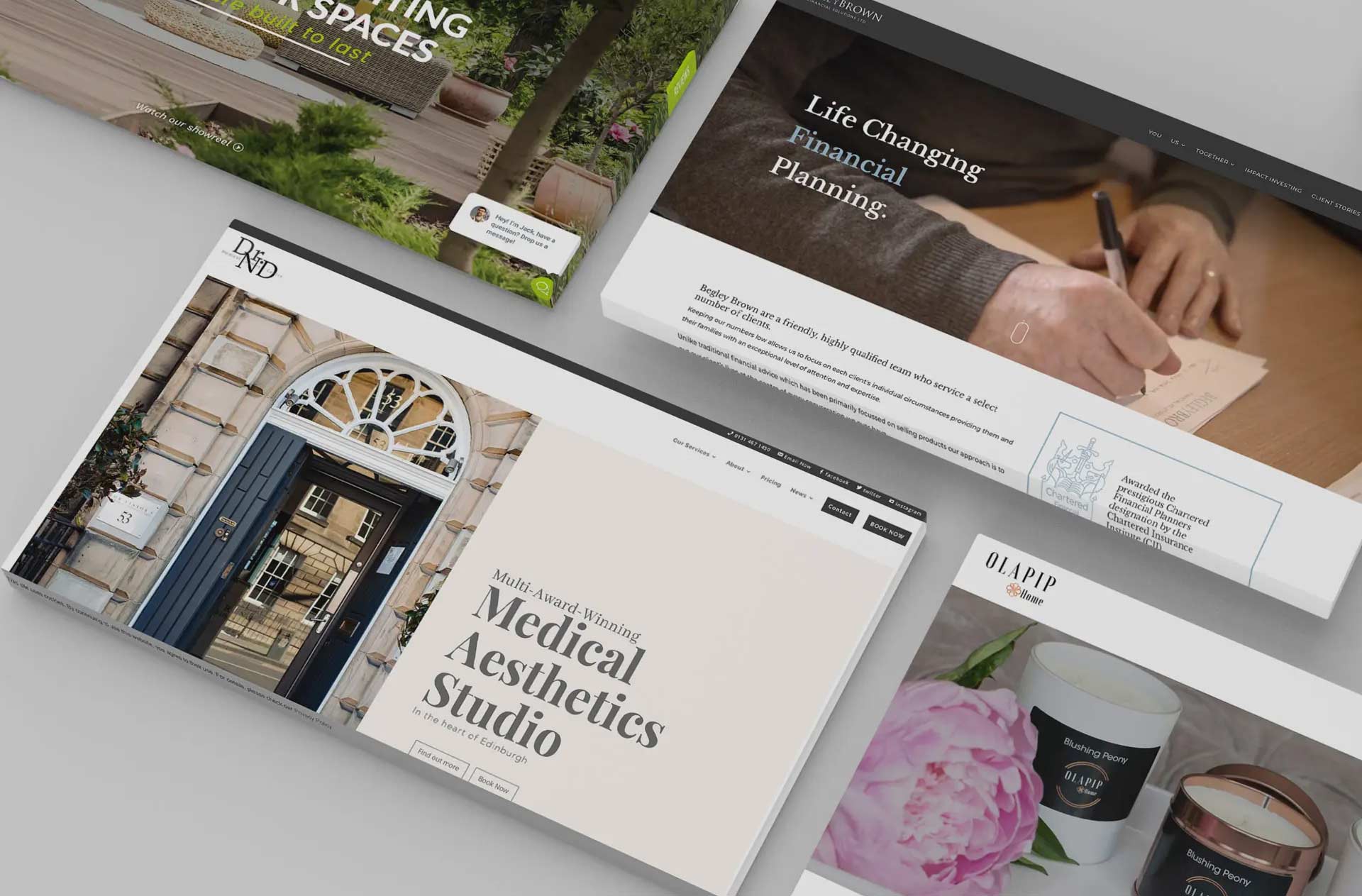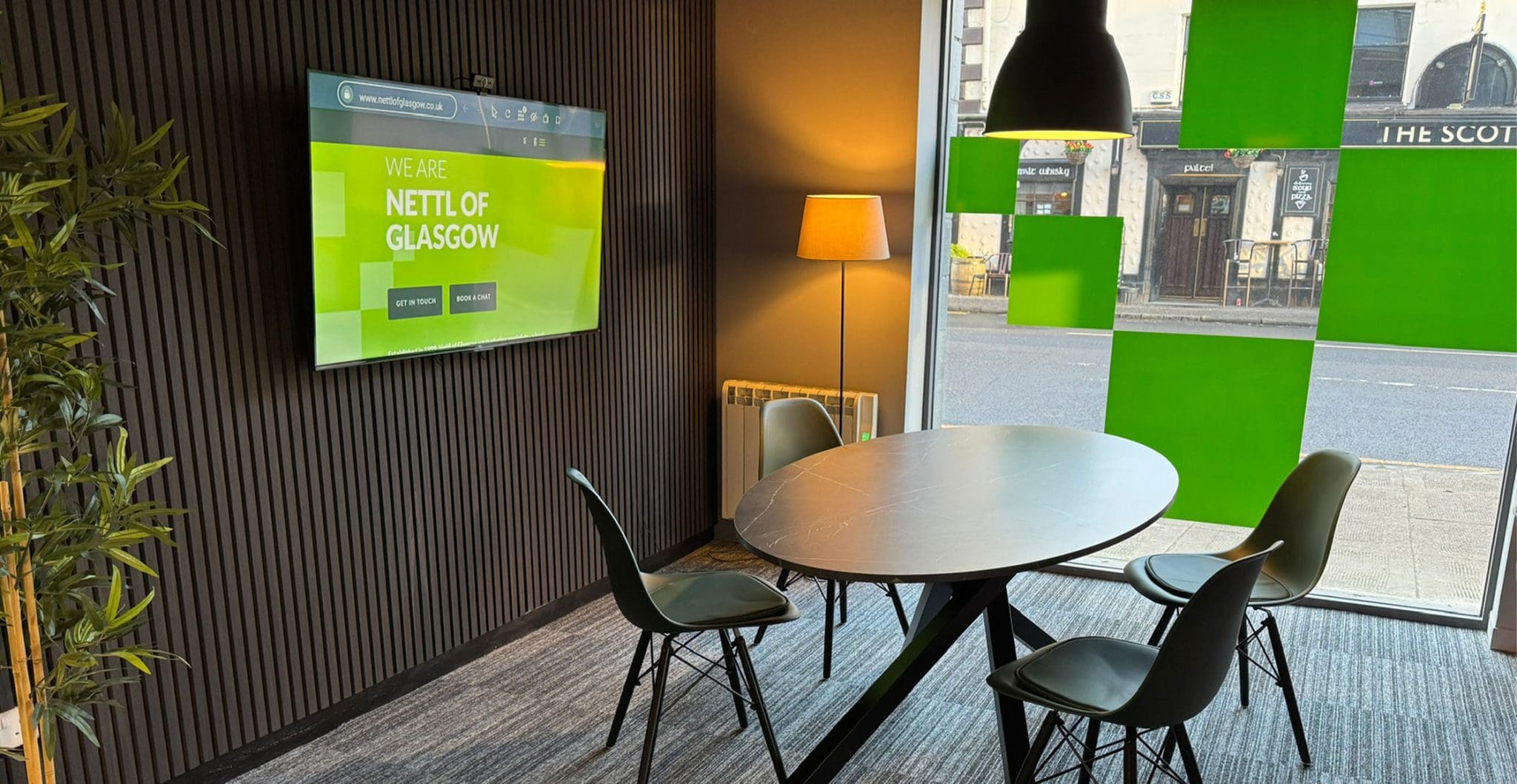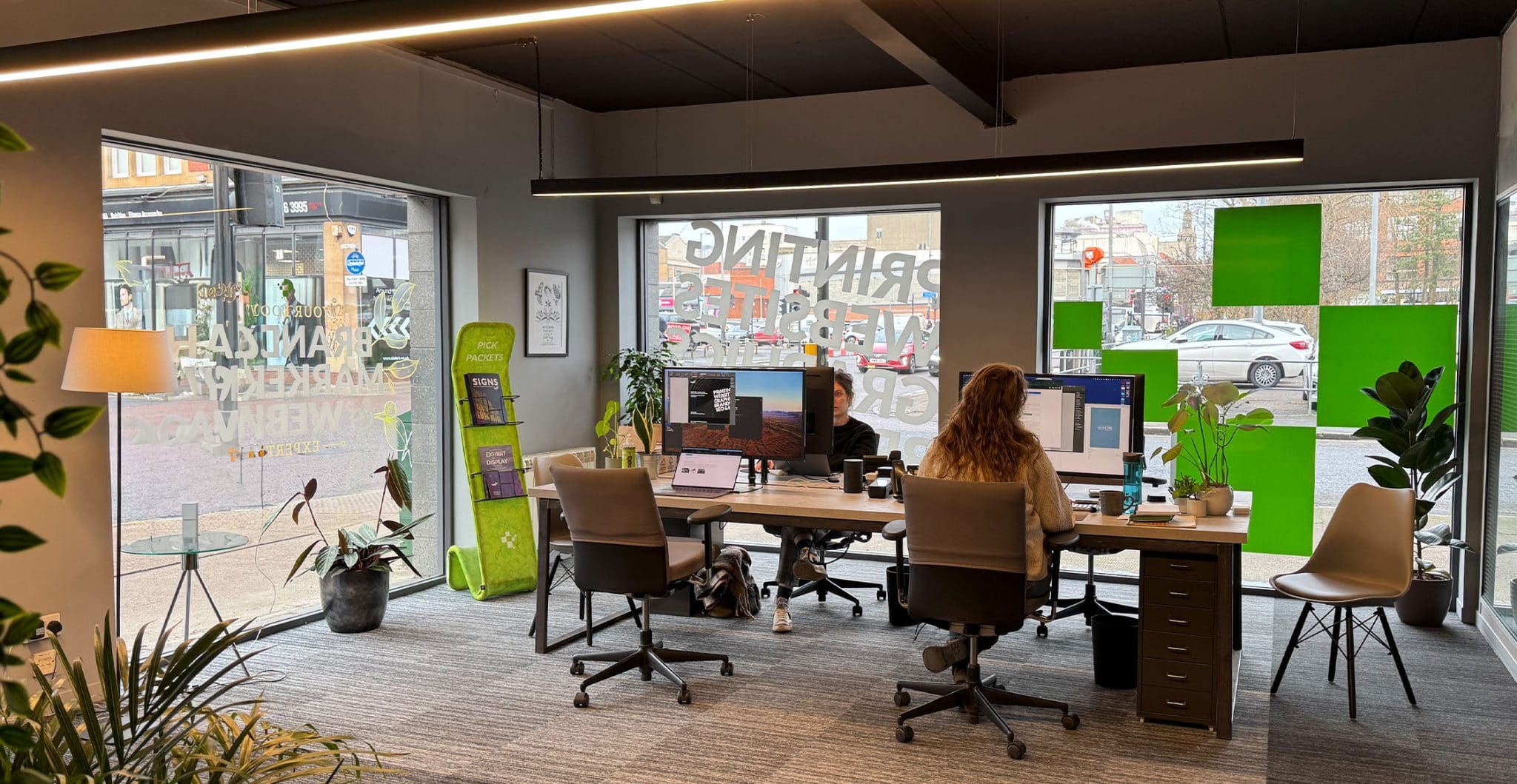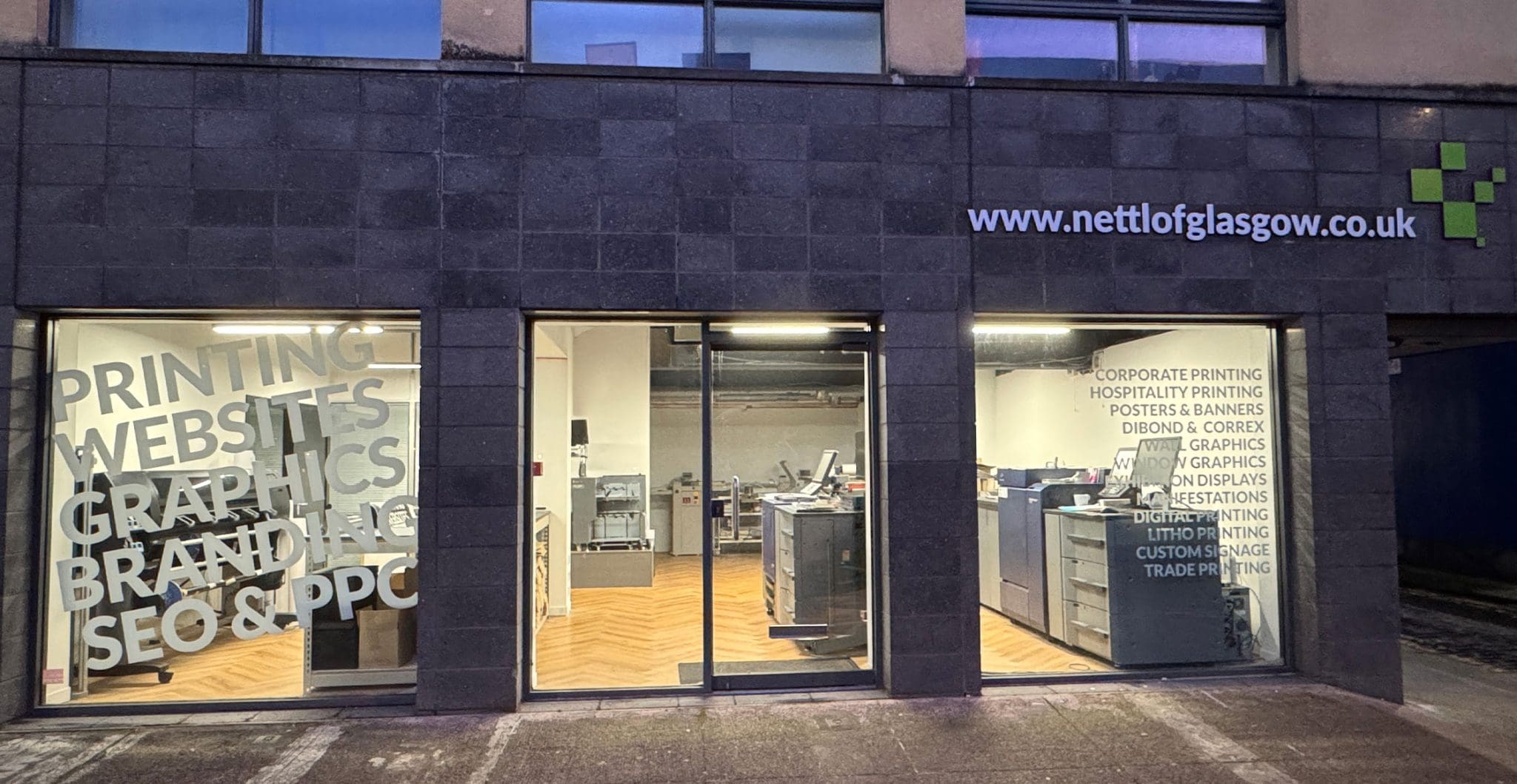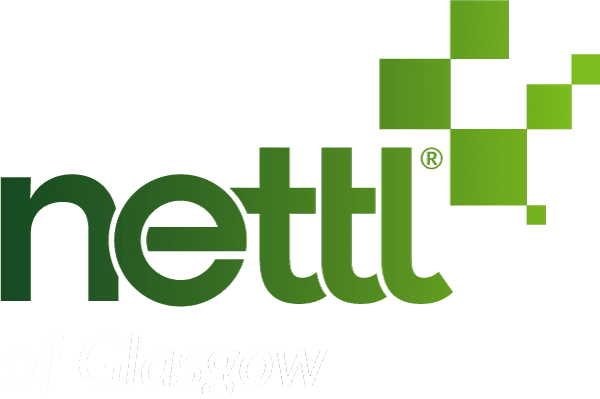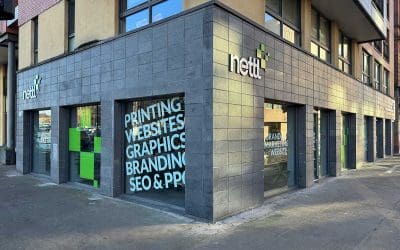In an era dominated by digital advancements, the age-old debate of print versus digital marketing continues to captivate the minds of marketers and business owners alike. Each approach offers distinct advantages and holds its own unique place in the world of marketing. As we navigate this dynamic landscape, finding the right balance between print and digital materials becomes an art that can greatly influence the success of your marketing strategy.
Understanding the Benefits:
Print Marketing: Print marketing materials, such as brochures, flyers, business cards, and posters, possess a tactile quality that digital cannot replicate. The physicality of print lends credibility and a personal touch to your brand. Tangible materials can engage the senses, leaving a lasting impression on recipients.
Digital Marketing: Digital marketing, on the other hand, offers unparalleled reach and interactivity. Through websites, social media, email campaigns, and online ads, you can connect with a global audience, track engagement metrics, and tailor content to individual preferences. The immediacy and cost-efficiency of digital platforms make them an attractive choice for many marketers.
Striking the Perfect Balance:
-
Know Your Audience: Understanding your target audience is pivotal in deciding how to balance print and digital materials. Consider their age, preferences, and habits. Older demographics might respond more positively to traditional print materials, while tech-savvy audiences may prefer digital interactions.
-
Align with Your Brand Identity: Your brand’s values and identity should guide your choice between print and digital. If your brand emphasises sustainability, you might lean towards digital materials. If it values personal connections, print materials could be more suitable.
-
Integrate Cross-Channel Strategies: Incorporate cross-channel strategies to create a cohesive brand experience. Use QR codes on print materials to lead customers to digital resources, or share digital content on social media that mirrors your print campaigns.
-
Leverage the Best of Both Worlds: Combine the strengths of print and digital marketing for maximum impact. Use print materials to drive traffic to your website or encourage social media engagement. Alternatively, digital campaigns can promote in-store events or limited-time print offers.
-
Measure and Adjust: Both print and digital campaigns offer measurable insights. Track engagement, clicks, conversions, and foot traffic to evaluate the effectiveness of each channel. Adjust your strategy based on the data you gather.
-
Consider the Context: Certain messages and campaigns are better suited for specific channels. Complex product details might be better conveyed through print materials, while time-sensitive promotions are more suited to digital platforms.
Case Study: Striking the Balance
Imagine a local bakery named “Sweet Delights.” They adopt a balanced approach by using print materials to showcase their artisanal creations through beautifully designed brochures and business cards. At the same time, they leverage social media to share real-time updates, customer testimonials, and behind-the-scenes glimpses into their kitchen.
Conclusion:
Print and digital marketing are not opposing forces but powerful tools that can work harmoniously to amplify your brand’s message. The key lies in understanding your audience, aligning with your brand identity, and leveraging the strengths of each channel. Striking the perfect balance between print and digital marketing empowers you to create a comprehensive strategy that engages customers on multiple levels and ultimately drives business success.
At Nettl of Glasgow, we specialise in both print and digital marketing solutions. Contact us today to discover how we can help you find the ideal balance for your marketing strategy. Your success is our priority.





